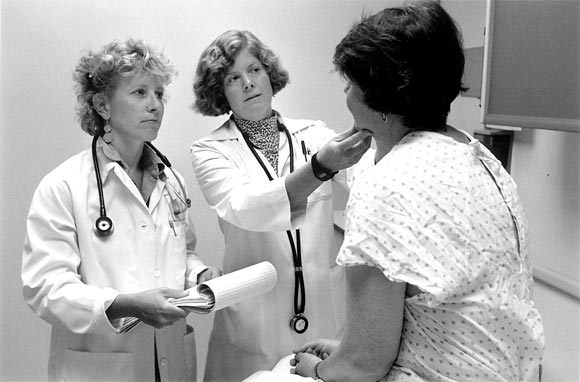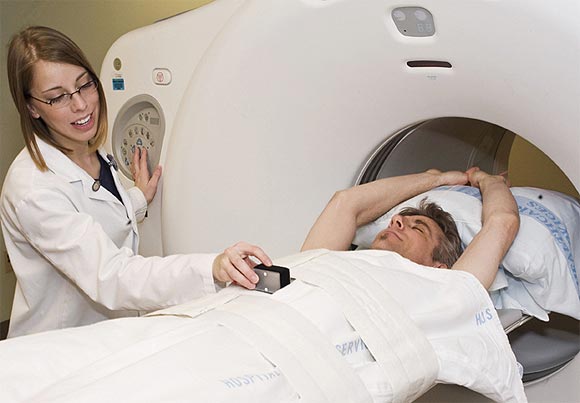
Majority of kidney cancers originate in the tiny tubules of the kidney and are known as renal cell carcinoma. Read on to learn more...
About 30,000 cases of kidney cancer are diagnosed in the US each year. Men are affected somewhat more often than women and most cases are seen between 50 and 70 years of age. Majority of kidney cancers (about 85 per cent) originate in the tiny tubules of the kidney and are known as renal cell carcinoma (RCC). Less common kidney cancers are transitional cell carcinoma (renal pelvic tumor), sarcomas and collecting duct tumours. The outcome is good in more than 75 per cent cases that are detected early. However, many people with kidney cancer get diagnosed only when there cancer has advanced.
Symptoms of kidney cancer
Courtesy: HealthcareMagic.com

Risk factors for kidney cancer
The causes of kidney cancer are not very well understood. Some gene mutations that seem to play an important role are being actively studied by researchers. Some other risk factors associated with the disease are:
Diagnosis of kidney cancer
Urologists mostly make the diagnosis of kidney cancer from imaging studies such as an ultrasound, CT scan or a combination of both. The appearance is typical and biopsy is rarely needed to confirm the diagnosis.
More investigations such as an abdominal CT scan, MRI, chest X-ray, blood tests or bone scans are done to determine if the cancer has spread beyond the kidney.

Treatment of kidney cancer
Cancer limited to the kidney
Surgery: Surgical removal of a part or whole of the kidney is the primary treatment in most cases. Radical nephrectomy removes the entire kidney while partial nephrectomy removes just the affected area to preserve as much normal tissue as possible.
Tumour ablation: It's a process in which the tumour is not removed, but destroyed using techniques such as cryotherapy, interstitial radiofrequency ablation, high-intensity focused ultrasound, microwave thermotherapy and laser coagulation. It is less invasive than surgery, but the effectiveness of this technique in the long-run is currently not known.
Embolisation: This technique involves killing the tumour cells by cutting off their blood supply. It is typically considered for patients who are not fit for more aggressive forms of therapy or as an added step with kidney removal.
Cancer that has spread beyond the kidney
Immunotherapy: Immunotherapy agents prompt the body's immune system to destroy the cancer cells. Common immunotherapy agents used are interleukin-2 (IL-2) and interferon.
Surgical therapy: Surgery in combination with other treatments may be of value in selected cases.
Radiation therapy: It is generally used to relieve pain caused by the spread of cancer or in patients who are unfit for surgery.
Targeted therapy: Targeted therapy involves the use of agents that preferentially work against cancer cells and spare normal cells. Some examples are anti-angiogenic agents that inhibit blood supply within the tumour, multikinase inhibitors and tyrosine kinase inhibitors that block an enzyme involved in tumour growth, and m-TOR inhibitors that interfere with blood supply to the tumour.